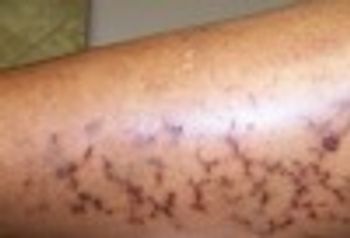
This 66-year-old black woman presented with a 2-year history of a painless skin eruption. She stated that her skin had “changed overnight” while she was caring for her mother who had been hospitalized.

This 66-year-old black woman presented with a 2-year history of a painless skin eruption. She stated that her skin had “changed overnight” while she was caring for her mother who had been hospitalized.
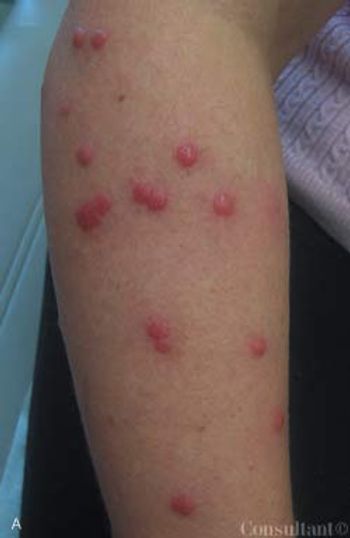
A 34-year-old woman presented with a blistering, intensely pruritic rash that had erupted 3 days earlier. Multiple papular lesions were densely clustered on areas of exposed skin. Excoriations were present, but there was no evidence of bacterial infection.

For 6 years, a 32-year-old man had a recurring rash on his back, shoulders, and chest. He stated that the rash appears in the spring, itches, and enlarges into ringlike areas. Previously, when treated with cephalexin, the rash had cleared within several weeks. Antifungal medication (econazole cream and oral terbinafine) had failed to resolve the rash.
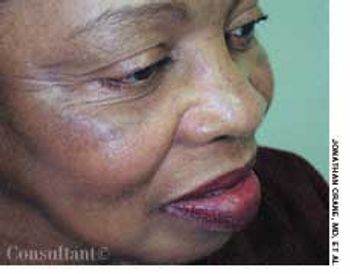
A 58-year-old black woman sought evaluation of areas of increased pigmentation on her cheeks that had been present for many years. Bleaching agents did not lighten the area; new, non–nickel-containing eyeglass frames had no effect. A 3-week course of halobetasol cream failed to fade the hyperpigmentation.
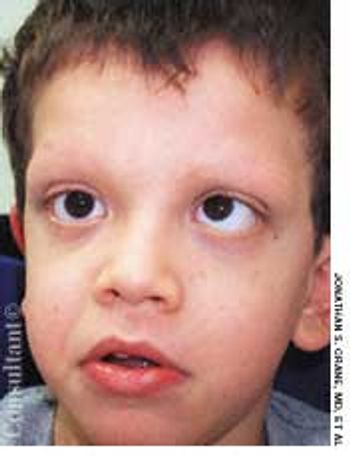
The mother of a 7-year-old boy with cardiofaciocutaneous syndrome sought treatment for the cutaneous aspects of her son's disease. Dry skin and keratosis pilaris of the upper outer arms were noted.

A 62-year-old woman sought medicalevaluation for persistent swellingof her lower lip and right cheek. Thecondition had been present for 8 to9 months. A 6-month course of oralprednisone prescribed by anotherpractitioner had no effect. The patienthad no history of chronic diseaseand no pain, paralysis, ulcerations,scaling, or dental or tongue problems.

Syndrome The mother of a 7-year-old boy with cardiofaciocutaneous syndrome sought treatment for the cutaneous aspects of her son’s disease. Dry skin and keratosis pilaris of the upper outer arms were noted. Cardiofaciocutaneous syndrome- a rare autosomal dominant genetic disorder-had been diagnosed when the child was 3 years old.

Published: September 14th 2005 | Updated:
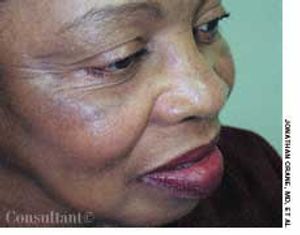
Published: September 14th 2005 | Updated:
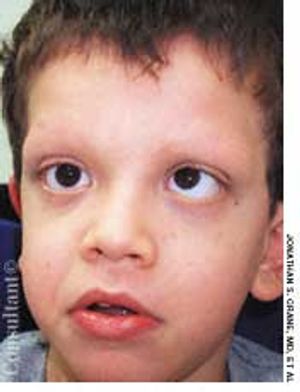
Published: September 14th 2005 | Updated:

Published: May 1st 2002 | Updated:

Published: October 1st 2003 | Updated:
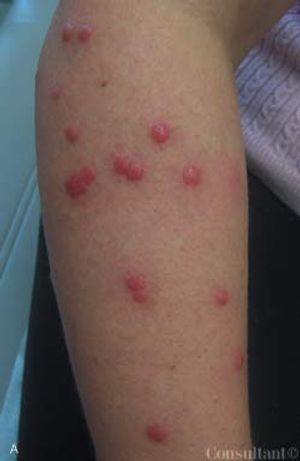
Published: November 1st 2005 | Updated: